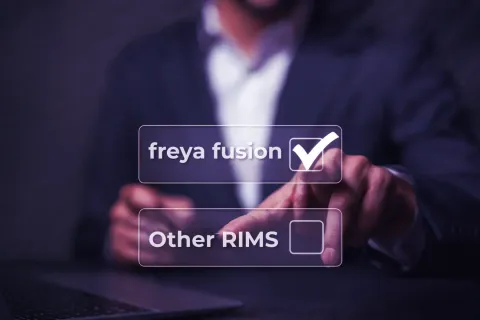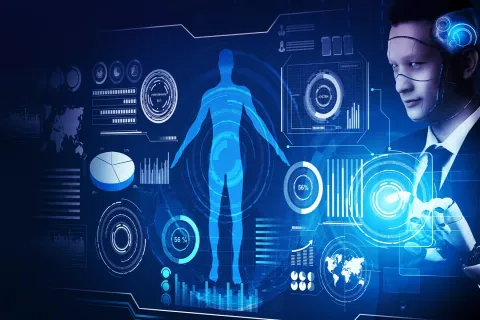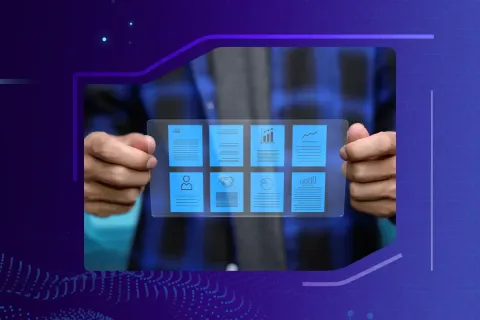
eCTD has turned into a standard norm for industry-wide submissions in a majority of regions across the globe. It provided a single standard for the electronic transmission of submissions data and enabled the industry to communicate and exchange information with Health Authorities harmoniously.
A lot has changed over the past decade; in the way electronic submissions are managed and filed, and many of the shortcomings of the previous versions of eCTD are expected to be addressed with eCTD v4.0. The transition from eCTD version 3.2.2 to eCTD version 4.0 will be the major one in electronic submissions. The eCTD v4.0 is based on Health Level Seven (HL7) standard called RPS. There will be more reliance on technology by all parties to interpret the information being provided. eCTD 4.0 version aims at streamlining the process of electronic Regulatory dossiers, allowing content to be reused, and enhancing cooperation between sponsors and Regulatory authorities. Looking forward, it is predicted that it will also support submissions for things such as medical devices, veterinary, and other Regulated products.
The Change from eCTD 3.2.2 to eCTD 4.0:
Sr. No. | Feature | eCTD 3.2.2 | eCTD 4.0 |
1 | XML Message | Every region has their own regional XML, index XML, and study XMLs. | Standardized and will have a single XML file (submissionuntil.xml). |
2 | Re-use of Document | Submitting the same document in each sequence that is required. | Each document will be assigned a Universal Unique Identifier (UUID). This ID can be referenced in future sequences, avoiding the need to resubmit the document. |
3 | Management of Content | Replace one (01) document with one (01). | Replace one (01) document with many. Replace many documents in the application with one (01). |
4 | Table of Content | Hierarchy structure – Definitions are used. | Flat structure - Context of use and keywords will be used. |
5 | Study Tagging Files | Used in this version. | Replaced by Document Groups. |
6 | Controlled Vocabularies | Used here but to a minimum extent. No other interference. | Vocabulary will be controlled by various bodies, including regional authorities, ICH, and other third-parties that allow simple, unambiguous communication between systems. |
7 | Regularity in the Format of the Document | Currently, there are more chances of irregularities as the process is a bit longer. | With the involvement of various bodies, including regional authorities, ICH, and other third parties, more content from the eCTD dossier via structured data can be provided in lesser time. |
8 | Technology Usage | Reliance on technology exists but only up to a certain extent. | Much more reliance on technology by all parties to interpret the information being provided. |
Benefits of eCTD 4.0:
- Ease in the review process of electronic Regulatory dossiers
- The content can be used again and again
- Documents can be well-managed
- Metadata corrections at ease
- Better life cycle capabilities
- Increased coordination between agencies, vendors, and sponsors
eCTD v4.0 is sure to revolutionize electronic submissions. The industry will finally begin to benefit from some much-needed changes to the Regulatory submission process that will lead to faster approval times and speedy access to new products for patients. The COVID-19 pandemic recently did show us the value and need for faster medication. These changes should be willingly accepted for good. In the long run, however, the benefits are clear and will be worth the effort. Freyr is at the forefront of driving innovation and enabling clients to adopt the latest changes through its technology. Freyr SUBMIT PRO is a one-stop eCTD tool to compile, review, validate, and publish your submissions across the globe.
To know more about it, contact our experts today.









